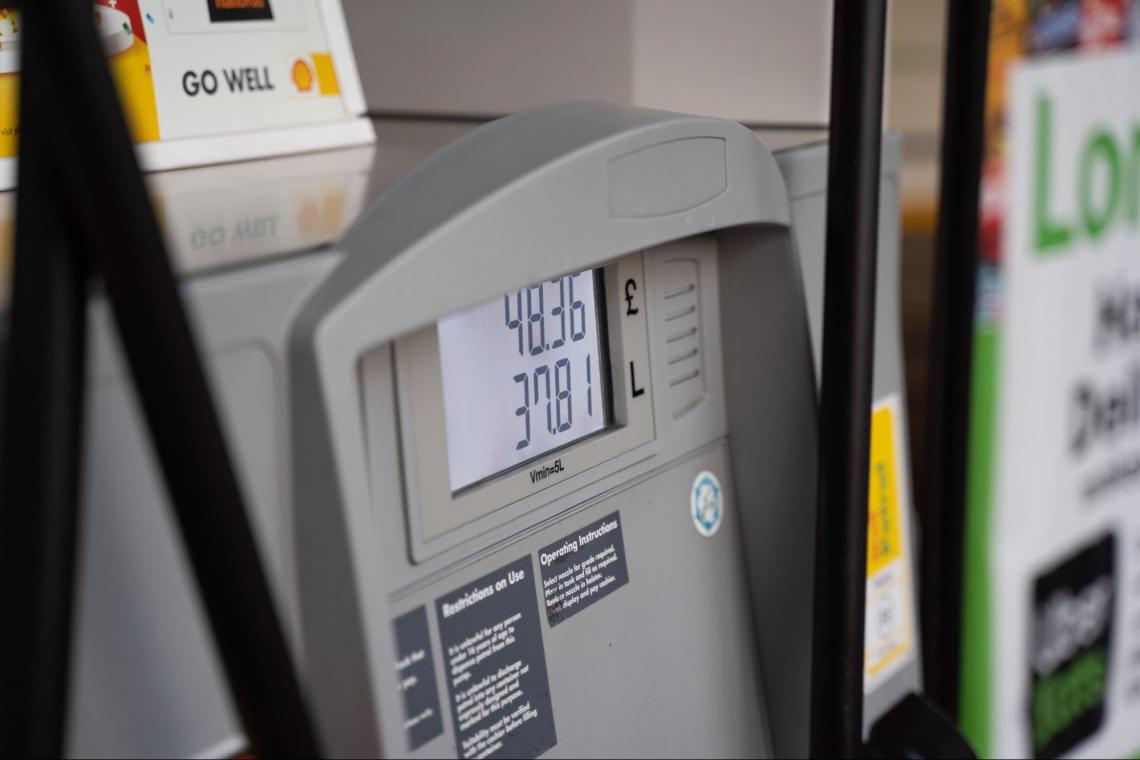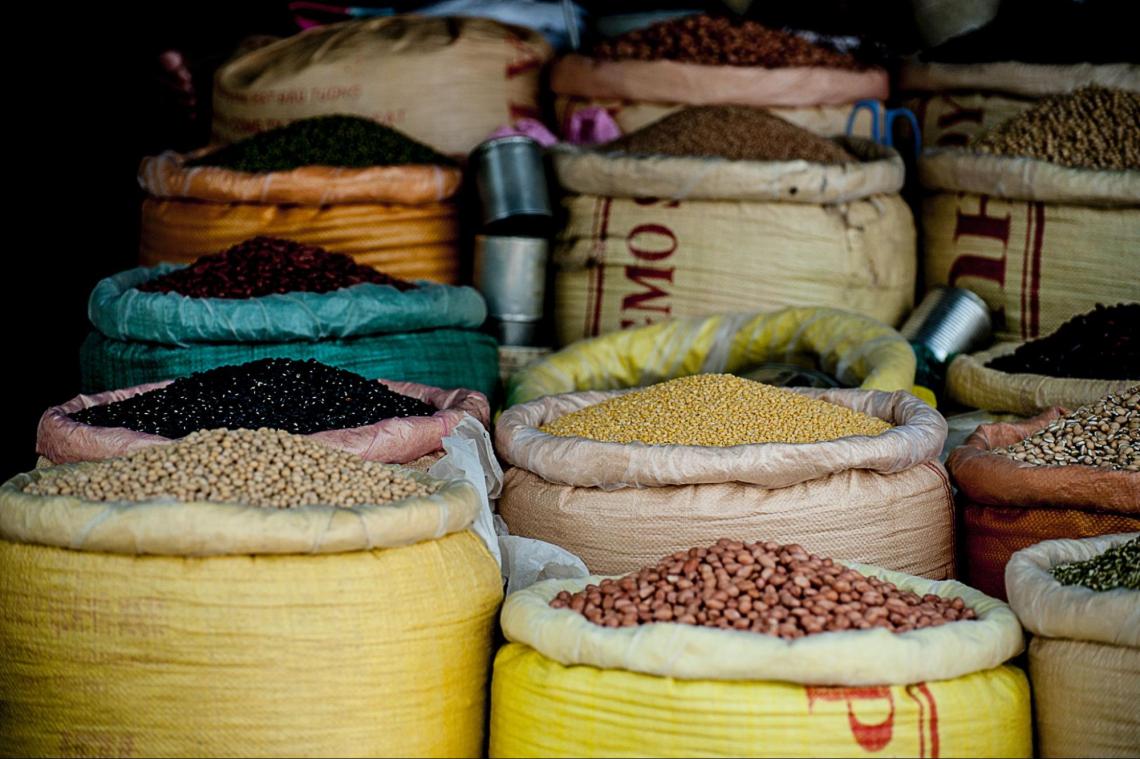Shrinkflation
A situation when a product's size or quantity reduces while its price stays the same.
Shrinkflation is the term used to describe a situation when a product's size or quantity reduces while its price stays the same. For example, the amount of milk reduces while the price remains the same, this tactic is used by businesses as an alternative to raising prices immediately.

This tactic is frequently used by businesses since, on average, consumers are more likely to notice when product prices increase than when their size slightly reduces. So naturally, this leads customers to purchase more products to satisfy their wants.
If companies retain the same branding, you might notice nothing different while glancing at the package in the store.
Because it has little to no impact on consumer indicators like the consumer price index, the size of the goods is reduced, but the price is increased. As a result, it functions as an inflationary conversion mechanism, given that it could be perceived as less severe than a price increase.
It is commonly utilized to avoid increasing costs and upsetting customers. The original description of this phenomenon is attributed to British economist Pippa Malmgren. However, its cost of ingredients and growing production have recently led to a rise in popularity.
How does it impact you?
Inflation has a wide range of effects on our lives. Rent, food, energy, and necessities are just a few examples of how inflation hurts consumers. It deceives consumers into thinking that the brands they purchase are unaffected by inflation and ultimately saves producers more money.

Companies worldwide are stealthily reducing package sizes without dropping prices from snacks to toilet paper, coffee, etc.
Shrinkflation occurs when the materials or components needed to create items become more expensive, and there is significant market pressure. As a result, they might provide you with fewer products to retain their profit margins rather than increase pricing.
Businesses believe that by keeping the change modest, they can maintain their current level of profitability while keeping the consumer in the dark.
There are numerous ways that shrinkflation might happen. Customers would switch brands if they knew that the quantity was consistently decreasing.
A product can retain its price while revamping or removing ingredients to avoid this. For instance, to save money, many chocolate bars avoided utilizing the foil intended to keep the quality and flavor of the chocolate from deteriorating.

Although the shrinking of products lowers the costs for producers, it is unfair to consumers.
Companies that fail to communicate with them effectively risk losing their trust. Customers' annoyance and a decline in the perception of a producer's brand might result from shrinkflation. However, It is a typical practice among manufacturers nowadays.
Causes of shrinkflation
Higher production costs do not just cause it. A tax increase may result in shrinkflation in nations where sales taxes are included in retail prices. However, shops resisted raising prices when the UK's value-added tax (VAT) increased in 2011.

It can also happen when a business reformulates a product for factors other than labor and material costs, such as eliminating an unfavorable preservative.
The Coca-Cola Company performed these things with Coke Zero in 2017 and 2021, but businesses can also do these things without reducing serving sizes.
1. Increasing input costs
As a commodity's price rises, manufacturers' costs also climb. Reduce the input's volume as one option. As cocoa prices rose from 2009 to 2011, several producers had difficulties. Due to the higher cost of the raw materials, several chocolate bars had to be reduced in size.

The producer can maximize their profit margin by lowering the items' weight, volume, or quantity while maintaining the retail price. However, the ordinary customer won't perceive a minor reduction in the amount. Therefore, this won't affect sales volume.
2. Buying power of supermarkets
The big supermarkets have a lot of influence over their suppliers, even though the retail grocery industry is competitive. In a cutthroat industry, supermarkets frequently work hard to keep costs down.

Shrinkflation is a solution for supermarkets that don't want to pass on price increases to customers.
3. Competition
Fierce market competition may also contribute to shrinkflation. For example, the market for food and beverages is frequently quite competitive since consumers have access to a large variety of available replacements.
Producers, therefore, look for solutions that will enable them to keep their profit margins and the trust of their clients. Consider the competitive advantage that large-scale businesses like supermarkets enjoy since they don't pass on the expense of increased costs to their customers.
Small producers have no choice but to persist with this strategy and maintain stable retail prices to retain customers.
Shrinkflation's implication
Measuring price increases or inflation precisely when shrinkflation is present is challenging. Moreover, since price points can only sometimes be determined by considering the products' size, they become deceptive.

Demand-pull, cost-push, and structural variables are only a few of the many causes of inflation, which is a complicated phenomenon.
To control demand and supply and the economy's structural rigidities, we, therefore, require a variety of macroeconomic policies.
Hidden inflation results from shrinkflation. Inflation indexes only consider an increase in average price levels and disregard little variations in product sizes. This is because the indexes operate under the presumption that the product basket doesn't vary.
Even if most buyers would not detect slight variations in the product's amount or size, they could learn the truth later on and feel duped. It tarnishes consumer faith.
Example:
If you've observed that the size of everyday things seems small and different from how you recall it from your past, rest assured that you're not the only one.

Consumers worldwide are progressively making larger purchases of an expanding range of goods in ways that do not appear on invoices. Some examples of these products are given below.
- The number of sheets per roll of Walmart Great Value Paper Towels decreased from 168 to only 120, but the price remained the same.
- For the same price, Clorox offers 75 wipes instead of 85.
- The size of Nestle's Cadbury Dairy Milk was recently reduced from 200 grams to 180 grams, drawing criticism.
- Recently, several shrinkflation strategies were adopted by PepsiCo's diverse portfolio of products. Party Size Frito Scoops bags were reduced from 18 to 15.5 ounces. In addition, the business has been gradually replacing its 32-ounce Gatorade bottles with 28-ounce ones for some time.
- Even tissues are being affected by shrinkflation. For example, the number of tissues in Kleenex's little packaging has decreased from 65 to 60 during the past several months.
Its Effect on consumer perception
Consumers have become increasingly aware of shrinkflation. In a study by Voxpopme, 81% of the participants had experienced it while purchasing the goods.
According to the Yelp Economic Average study, consumers report their experiences in the evaluations they provide on the platform.

Once consumers are aware, they may not detect a decrease in the quantity of the product or other modifications.
They may, however, feel betrayed once they learn the reality. Some more informed customers think it is devious since businesses utilize the same packaging while giving customers fewer products.
Once the expanding shrinkflation wave has caught customers' attention, customers won’t let it pass. In response, consumers look for alternative brands or products or from wherever they can get stuff for a lesser price.
Consumers observe this in pantry goods, meat, bread, pastries, frozen foods, and snacks. In response to shrinkflation, 33% of consumers opted to buy in bulk rather than single-use packages, 48% chose a generic brand, and 49% chose a new one.

When this was discovered, about 3 out of 10 adults stopped buying from the particular brands. The consumer of today is informed and watchful. Brands will need to exercise caution when manipulating consumer psychology.
The best approach is transparency. Conscious shoppers make thoughtful decisions. One mistake might harm your brand's reputation and cost clients.
How to fight Shrinkflation?
Fighting it can be challenging. Let's say you're accustomed to paying $3.65 for your coffee(grande). You will likely notice if the price is unexpectedly raised to $5, which can lead you to avoid purchasing it or look for a less expensive alternative.

Companies typically offer you coffee for the same $3.65 per cup, but instead of delivering you 16 ounces of coffee (grande), they give you 14 ounces.
According to this reasoning, consumers are more likely to identify a price increase than a change in the quantity of the goods they're purchasing.
As a consumer, what can you do to counter this? Pay more attention to the products you purchase, for starters. The cheaper option is to buy your coffee from the store brand, it will cost the same, but you get some more ounces of the product to enjoy.
Additionally, you should pay more attention when waiting for discounts. Buy only when they're selling at a lower price at your nearby grocery store. Finally, think about buying in bulk quantities.

You might pay much less per ounce or unit if you buy those goods in larger quantities. Just be careful—if you purchase too much of a particular item and can't utilize it all before it spoils, you'll waste money rather than save it.
Conclusion
Shrinkflation is very typical among companies these days. Every year, companies launch the same products but with decreased sizes. It can cause customers to become annoyed and force them to switch to competitors.

There is a common talking point among customers regarding many daily-use products. For example, the product size looks the same from the outside but has decreased in quantity.
Instead of allowing consumers to be duped by businesses, authorities must establish rules to tell consumers when a product's weight is reduced.
While people have been concerned about inflation for some time now, Watch out for indicators of shrinkflation when buying groceries to avoid being taken advantage of, and look for alternatives and other ways to save money.




or Want to Sign up with your social account?